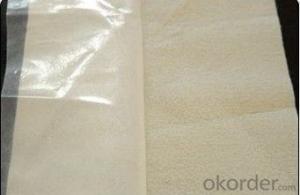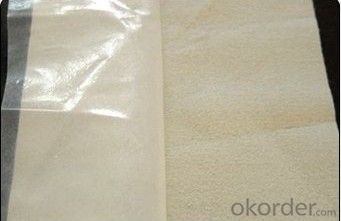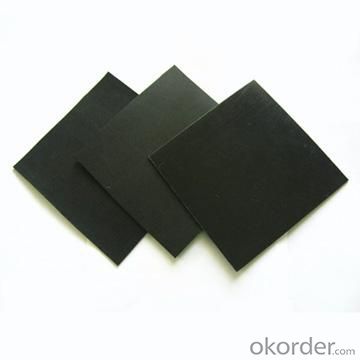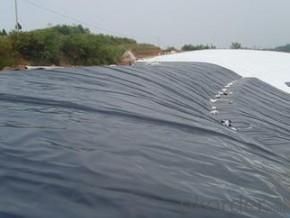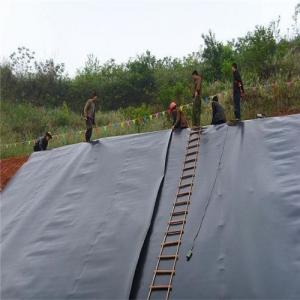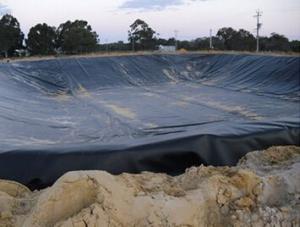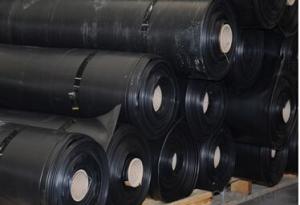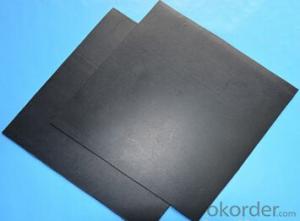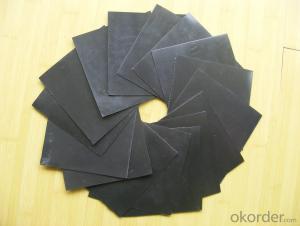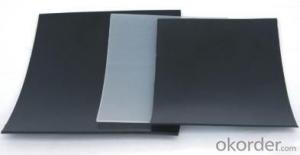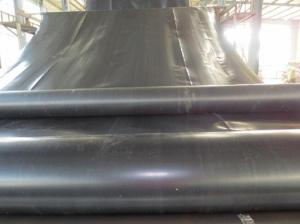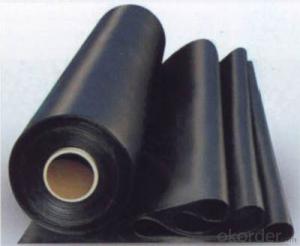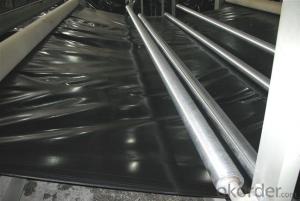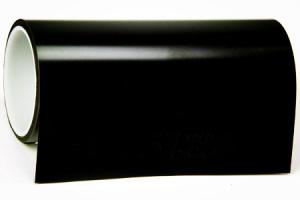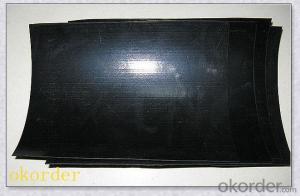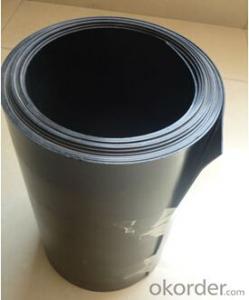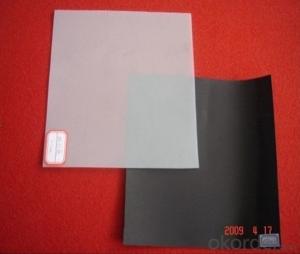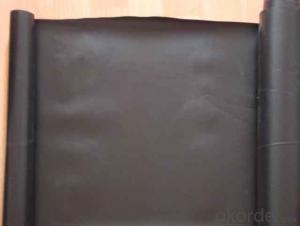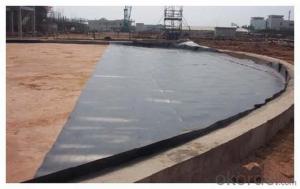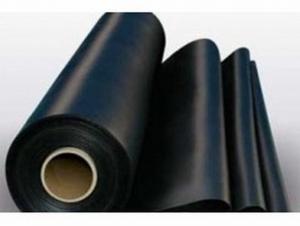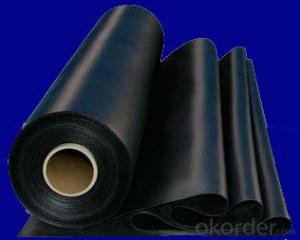Tipos De Geomembranas PVC para Forraje de Estanque con Precio Asequible
- Loading Port:
- Qingdao
- Payment Terms:
- TT OR LC
- Min Order Qty:
- 10000 m²
- Supply Capability:
- 300000 m²/month
OKorder Service Pledge
OKorder Financial Service
You Might Also Like
Description Of PVC Geomembrane for Pond Liner:
A geomembrane is very low permeability synthetic membrane liner or barrier used with any geotechnical engineering related material so as to control fluid (or gas) migration in a human-made project, structure, or system. Geomembranes are made from relatively thin continuous polymeric sheets, but they can also be made from the impregnation of geotextiles with asphalt, elastomer or polymer sprays, or as multilayered bitumen geocomposites. Continuous polymer sheet geomembranes are, by far, the most common.
Main Features of PVC Geomembrane for Pond Liner:
1.Long life, anti-aging, roof material can be more than 20 years, underground can be more than 50 years.
2. Good tensile strength, high elongation.
3. Good high/low temperature flexibility
4.Easy to construct, no pollution.
5. Good anti-corrosive ability, can be used in special area
6.Various colors are available
Specifications of PVC Geomembrane for Pond Liner:
| Thickness | 0.2mm-4.0mm |
| Length | 50m/roll,100m/roll,150m/roll or as your choice |
| Width | 1m~8m or as your choice |
| Color | White/Black/Blue/Green,mainly black |
| Material | HDPE |
| Package: | woven bag or as customers' requests |
| Product time | 2-20 days |
| Features | 1.Good physical and mechanic performance |
| 2.High tearing resistance, strong deformation adaptability | |
| 3.Puncture-resisting, aging resisting, ultra-violet radiation, oil and salt, and corrosion resistance | |
| 4.Good adaptability to high and low temperature, non-toxicity, long service life | |
| 5.Good waterproof, drainage, anti-seepage and damp proof effects | |
| 6.Complete width and thickness specifications, low cost and easy installation. | |
| Note | We can do as your demand,please feel free to contact us for more information |
Applications of PVC Geomembrane for Pond Liner:
1.Prevent leakage disposal in waste burying field or waste water or waste dregs disposing field,river bank,lake dam ,mine remainings ,reservior,tunnel,liquid storage ,pool(pit,mine)
2.Preventing leakage in subway ,basement,tunnel ,hole
3.Anti-solt leakage in roadbed and other groundtill
4.The plane direction laying of dam ,the vertical direction laying fou groundtill ,used in the construction fence and waste material field
5.Used in seawater or freshwater feed field
6.Used in groundtill of road,highway ,railway and waterproof layer of swelling clay and wet collapsed loess
Preventing leakage on rooftop.
IMages of PVC Geomembrane for Pond Liner:
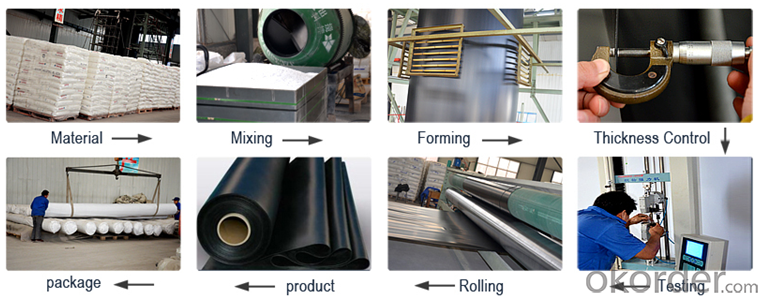
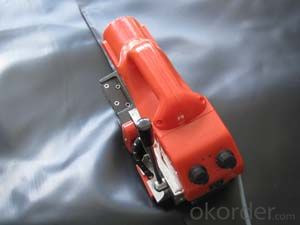
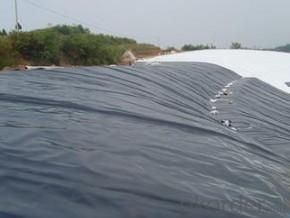
FAQ:
1. Do you supply free samples for customers?
Yes,we will supply free samples for you.Please send your address for us.
2. How Many years experience do you have?
We have been exported to more than 20 countries in the past 15 years.
3. How long do we usually reply your request?
We always reply our customer within 24 hours.
- Q: How to install the electrothermal?film?
- There several ways to install the electrothermal?film. Different ways should be used based on different projects. There are shed plastic film, wall film and ground film. The following text will mainly explain how to install it in the ground.1 The most scientific way to install the electrothermal film is to install it in the ground. In light of heat transfer theory, this is the best heating mode. From the perspective of health maintenance, the heat is flowing from the bottom to the top, which meets the physiological needs that foot is warm and head is cool. Installing the electrothermal membrane in the ground can not only make people feel comfortable, and also can increase the usable floor area of space and guarantee the even temperature all over the area. However, because each family has different pattern and furniture is displayed differently, the limited space and degree of difficulty should be considered when designing the installation to ensure that there is no barrier in the installation process, make the electrothermal film heating system more safe and reasonable and reduce the cost of expenditure. Main structures are floorslab or floor, heat insulating layer, electrothermal film, structure layer and the decorative layer. The composite thermal resistance of structure layer and the decorative layer should be lower than the standard value.
- Q: Can geomembranes be used in landfill capping?
- Yes, geomembranes can be used in landfill capping. They are often used as a barrier layer to prevent the migration of contaminants and gases from the landfill into the surrounding environment. Geomembranes provide a reliable and durable solution for landfill capping, helping to protect the soil and water quality.
- Q: Can geomembranes be used in irrigation canal linings?
- Yes, geomembranes can be used in irrigation canal linings. They are often chosen for their ability to prevent water seepage, enhance water conservation, and provide a durable and long-lasting lining solution for irrigation canals. Geomembranes effectively reduce water loss through seepage, leading to improved efficiency and effectiveness of irrigation systems.
- Q: How to stick membrane on the cabinet?
- The membrane is very cheap. Spray the door before you begin to stick the membrane to avoid bubbles. Then measure the size of the area where you want to stick membrane and tailor the membrane you bought according to the size. To avoid waste, a draft is recommended. Finally, stick the membrane from up to down gradually and check at all times to prevent the membrane from being slantways stuck.
- Q: Water is the water base wallpaper wallpaper glue?
- Water is the water base wallpaper wallpaper glue? It is a professional alkali resistant, moistureproof, mouldproof wall treatment materials, can effectively prevent the construction of the base surface of the tidal water and alkaline material extravasation, avoiding of wall decoration materials: Such as wallpaper, paint, plywood, decorative board, damp moldy black bad damage.
- Q: Can geomembranes be used for decorative waterfalls?
- No, geomembranes are typically used for lining ponds, reservoirs, and other water containment structures, but they are not suitable for creating decorative waterfalls as they are not designed to withstand the constant flow and splashing of water.
- Q: How to pave the waterproof membrane in the interior finish
- Waterproof coating refers that it has a structure layer of waterproof ability and is painted a certain thickness of waterproof coating on the surface, curing at room temperature and forming a layer waterproof coating with a certain toughness. waterproofing method according to the basic situation and waterproof accessories. Reinforcement and cushioning materials are placed in the waterproof layer to improve the effect of the waterproof coating waterproofing layer and the strength and durability of the waterproof layer. The interior decoration waterproof layer First, knocking on the ground tiles. Then, clean up the muck to expose the base. 1, at this time, the base should be a pitted surface, you can directly use the Lao Ya Er to stir the cement and sand and make the waterproof?mortar to plaster, internal corner, the foot of a wall and the surroudings of sanitary ware should be R angle. Waterproof and leveling are completed in once time. After the waterproof?mortar layer is coagulated (on artificial standard), use laoyaer to mix the cement and make the waterproof simple mortar which is brushed in once time, and dried it up (about 30 minutes), you can paste the tiles. 2, use the mixing cement to make the waterproof simple mortar which is brushed in once time. After it is dried up, use the Lao Ya Er to mix the cement and sand and make waterproof?mortar to paster. After the waterproof?mortar layer is coagulated, it can do the close water test, if there is no problem, it can stick the titles.
- Q: How do geomembranes prevent contamination of soil and water?
- Geomembranes prevent contamination of soil and water by acting as a barrier between the contaminants and the surrounding environment. They are impermeable and resistant to chemicals, preventing the migration of pollutants into the soil and groundwater. Additionally, geomembranes can be installed with proper sealing and anchoring techniques, ensuring a tight and secure barrier that prevents the entry or escape of contaminants.
- Q: the specification of composite geo-membrane
- composite geo-membrane (composite seepage-proof film) is divided into one cloth and one membrane and two cloths one film, width 4-6m, weight 200- , 1500g/ square meter, pulling-resistance, tear-resistance, bursting and other high physic mechanics performance indicator, the products is high strength, and has good extensibility, large deformation modulus, acid and alkali resistance, errosion resistance, aging-resistance, seepage-proof and other characteristics. it will satisfy the seepage-proof, isolation, reinforce, anti-cracking and other soil engineering demands in water?conservancy, municipal, buildings, transport, metro, tunnel, and engineer construction. Because it has selected polymer materials and the production process is added with anti-aging agent, it can be used in unconventional temperature environment. it's commonly used in the seepage-proof treatment of dams, drainage ditch, and pollution prevention treatment of waste storage. one cloth one membrane is a kind of composite geotextile material. Mainly used in water conservancy, transportation, tunnels, airports, metallurgical tailings, waste disposal sites, roofing seepage and other reinforced seepage control.
- Q: Can geomembranes be used in floating covers for liquid containment?
- Yes, geomembranes can be used in floating covers for liquid containment. Geomembranes are impermeable membranes made of synthetic materials that are designed to prevent the leakage or seepage of liquids. They can be used as a barrier to contain and protect liquids, including in floating covers where the geomembrane is used to create a seal on the surface of a liquid, such as in ponds, reservoirs, or tanks. This helps to prevent evaporation, contamination, or leakage of the liquid, making geomembranes an effective solution for floating covers in liquid containment.
Send your message to us
Tipos De Geomembranas PVC para Forraje de Estanque con Precio Asequible
- Loading Port:
- Qingdao
- Payment Terms:
- TT OR LC
- Min Order Qty:
- 10000 m²
- Supply Capability:
- 300000 m²/month
OKorder Service Pledge
OKorder Financial Service
Similar products
Hot products
Hot Searches
Related keywords
